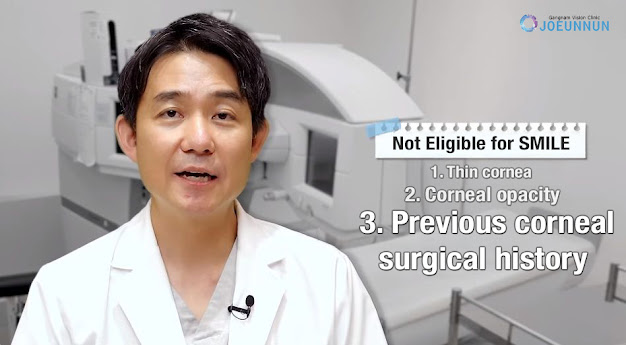How Can I Tell If My Vision Is Regressing after Vision Correction Surgery?

How Can I Tell If My Vision Is Regressing after Vision Correction Surgery? After vision correction surgery, some patients may experience a gradual decline in their corrected vision—this is called regression. While vision correction doesn’t have an expiration date, regression can still occur. It most commonly happens within 1 to 2 years after surgery, rather than decades later. What Causes Vision Regression After Surgery? Regression is more likely when a large correction is needed—especially in cases of high myopia or astigmatism. Another common cause is poor compliance with post-operative care, such as skipping anti-inflammatory eye drops that help stabilize the cornea. If regression occurs, LASEK patients are typically re-treated with LASEK. For LASIK patients, there are two options: 1. Re-lift the original corneal flap for another LASIK procedure (if the flap is still suitable). 2. If too much time has passed or the flap is not stable, LASEK is used instead for re-treatment. ...





